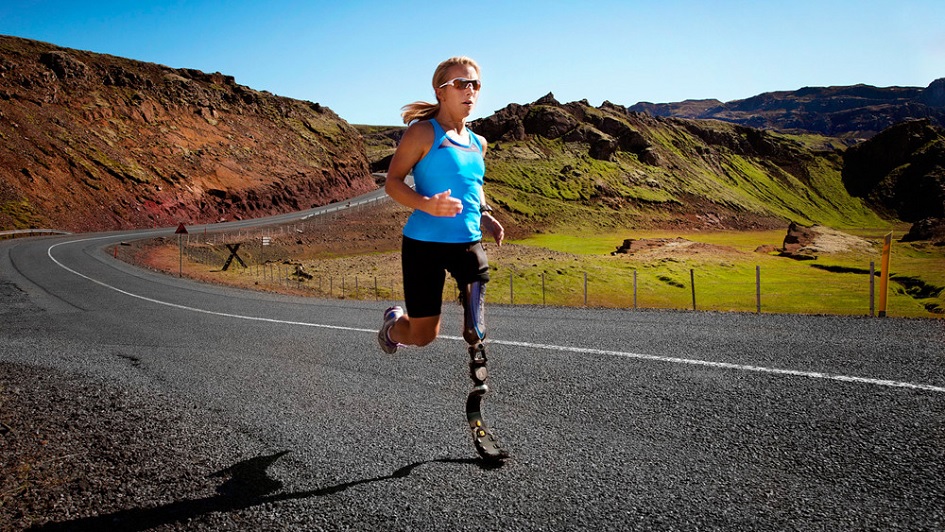
As the saying goes the only constant is change. And there is no more tangible reflection of that than in today’s commerce-driven world. Technology has, of course, advanced the greatest pace of recent change, creating limitless ways to connect and giving us infinite access to the world and each other. New technological innovations have revolutionized the function and efficiency of our lives, putting knowledge, education and enlightenment at our fingertips. But the success these innovations now share is driven by a striking and common factor: An optimized user experience expressed through new, intuitive and desirable design languages.
Arguably, brand and product innovation is only as good as its communication. Therefore, the challenge – or rather opportunity – lies squarely with design and designers to constantly exceed expectations and create experiences that not only harness, complement and streamline our changing behaviour, but also effectively draw on emerging, innovative perspectives to go beyond what we know and have already experienced. It is in this context that we have the opportunity to add real value to consumers’ lives, give new meaning and, ultimately, create that essential force of change.
It is also about recognizing the true opportunity for change and not just change for the sake of it. Designers are inherently problem solvers, but we need to work in partnership with our clients and consumers to understand and realize where the individual opportunities exist for each unique brand proposition.
“Brands now have the opportunity today to introduce new worlds to us. New ways of living, new types of communication and new languages – both visual and verbal – are being created and introduced by them to help drive real, positive cultural change. It has never been a more exciting time for brands and brand design.” – Sophie Maxwell
One of the biggest areas of cultural change is now being seen through our approach to – or new view of – the human body. Today, we are seeing the beginnings of a new way of looking at the body. We have new influences that question the previous vision of the idealized body and new voices encouraging us to optimize ourselves and be our personal best. Now, more than ever, there are infinite possibilities for reinvention and recreation available to us, through the advent of new role models, new science, new technology and new wisdom. And, most importantly, a culture that is ready to evolve with it all.
One of the most brilliant examples of the change for good in this area is Nike Sole, a collaboration between Nike, global leader in orthopaedics Össur’s Flex-run prosthetic blade for athletes and world record holder Sarah Reinertsen, the first female above-the-knee amputee to complete the Ironman® World Championship.
SEE ALSO: The Future of Branding Is User Experience
With marketing approaches increasingly focused on empowering consumers, rather than just creating incremental innovations in familiar territory, Nike’s innovation of the Nike Sole shows us that they are reacting to and driving change with the right partners, for the right reasons.
“(We serve) athletes and provide them the solutions they need to achieve their goals – we’re always listening to the voice of every athlete.” – Nike
In an area where athletes previously had to customize their own limbs to compete, this breakthrough collaboration has created brilliant results forged by a powerful partnership between three experts in the field. The combination of Össur’s long-term goal to empower a ‘Life without limitations’ and Nike’s expertise in design for sport has created one of the most beautiful, empowering and effective designs we have seen – and, like all truly great innovation, this has come from identifying real deficit.
We need to embrace change, to embrace the power of design. Design creates the new, and design for change is the way to transform and realize a successful future for both brands and people.
Image source: NikeInc.com